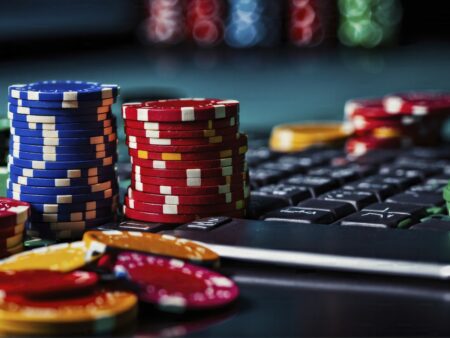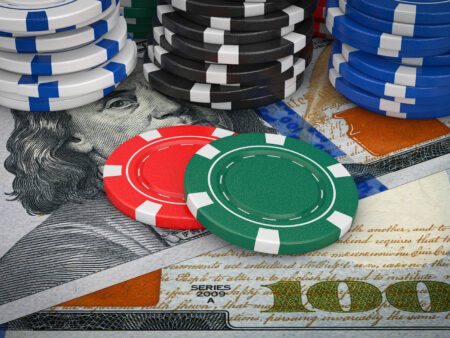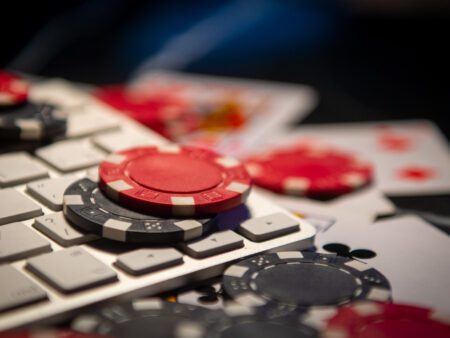Discover the art of bluffing in poker with key tactics revealed. Learn how to read opponents’ tendencies, choose the right moments to bluff, and master the psychology of the game.
The Art of Bluffing: Poker Tactics Revealed
The Art of Bluffing: Poker Tactics Revealed
Poker, the quintessential card game of skill, strategy, and deception. Bluffing is a crucial element of the game that separates the novices from the masters. The ability to convincingly deceive your opponents into making incorrect decisions can turn the tide of a poker hand in your favor. In this article, we will delve into the art of bluffing and reveal some key tactics that can help you become a poker bluffing expert.
Understanding Bluffing in Poker
Bluffing is the act of making a bet or a raise with a weak hand in the hopes of inducing your opponents to fold stronger hands. It is essentially a form of psychological warfare, where players manipulate their opponents’ perceptions and emotions to gain an advantage. Successful bluffing requires careful observation, analysis, and timing, as well as the ability to read your opponents’ tendencies.
The Importance of Observation
Observation is the foundation of successful bluffing. By closely monitoring your opponents’ behaviors, betting patterns, and body language, you can gather valuable information about the strength of their hands and their overall playing style. Pay attention to how they react to different situations, how they bet when they have a strong hand versus when they have a weak hand, and any inconsistencies in their behavior. These observations can give you insight into their tendencies and help you determine when it is appropriate to bluff.
Choosing the Right Moment to Bluff
Timing is everything when it comes to bluffing in poker. It is crucial to choose the right moment to execute your bluff. This requires a careful balance between aggression and caution. Bluffing too frequently or at inappropriate times will make your bluffs predictable and easily exploitable. On the other hand, never bluffing at all will make your strong hands too obvious, and your opponents will adjust their strategy accordingly. The key is to identify opportunities when your opponents are likely to fold and when the risk-reward ratio is in your favor.
Reading Your Opponents’ Tendencies
To execute successful bluffs, you must be able to read your opponents’ tendencies and exploit their weaknesses. Every poker player has patterns and tendencies that can be exploited. Some players are more prone to folding when faced with aggression, while others are more likely to call or raise with strong hands. By identifying these tendencies, you can tailor your bluffs accordingly. For example, if you notice that a player frequently folds to big bets on the river, you can bluff more aggressively in those situations.
The Power of Image and Table Presence
Building a strong table presence and manipulating your image is another essential aspect of successful bluffing. Your opponents will form perceptions about your style of play based on how you present yourself at the table. If you have shown a tendency to bluff in the past, your opponents will be more likely to call your bluffs. Conversely, if you have consistently played tight and conservative, your bluffs are more likely to succeed. By carefully constructing and manipulating your image, you can control the way your opponents perceive you and use it to your advantage.
The Importance of Bet Sizing
Bet sizing is a crucial component of effective bluffing. Your bets should be consistent with the story you are trying to tell. If you are bluffing, your bet should represent a hand that your opponents could reasonably believe you have. If your bet is too large or too small, it may raise suspicions and lead your opponents to make correct calls. The key is to make your bluffs believable and in line with your overall betting patterns.
Conclusion
Bluffing is an art that requires practice, intuition, and the ability to think on your feet. By understanding the psychology of bluffing, reading your opponents’ tendencies, and using timing and bet sizing to your advantage, you can elevate your poker game to the next level. Remember, however, that bluffing should always be used in moderation and based on a solid foundation of skill and knowledge. So go ahead, embrace the art of bluffing, and may the poker gods smile upon you.










